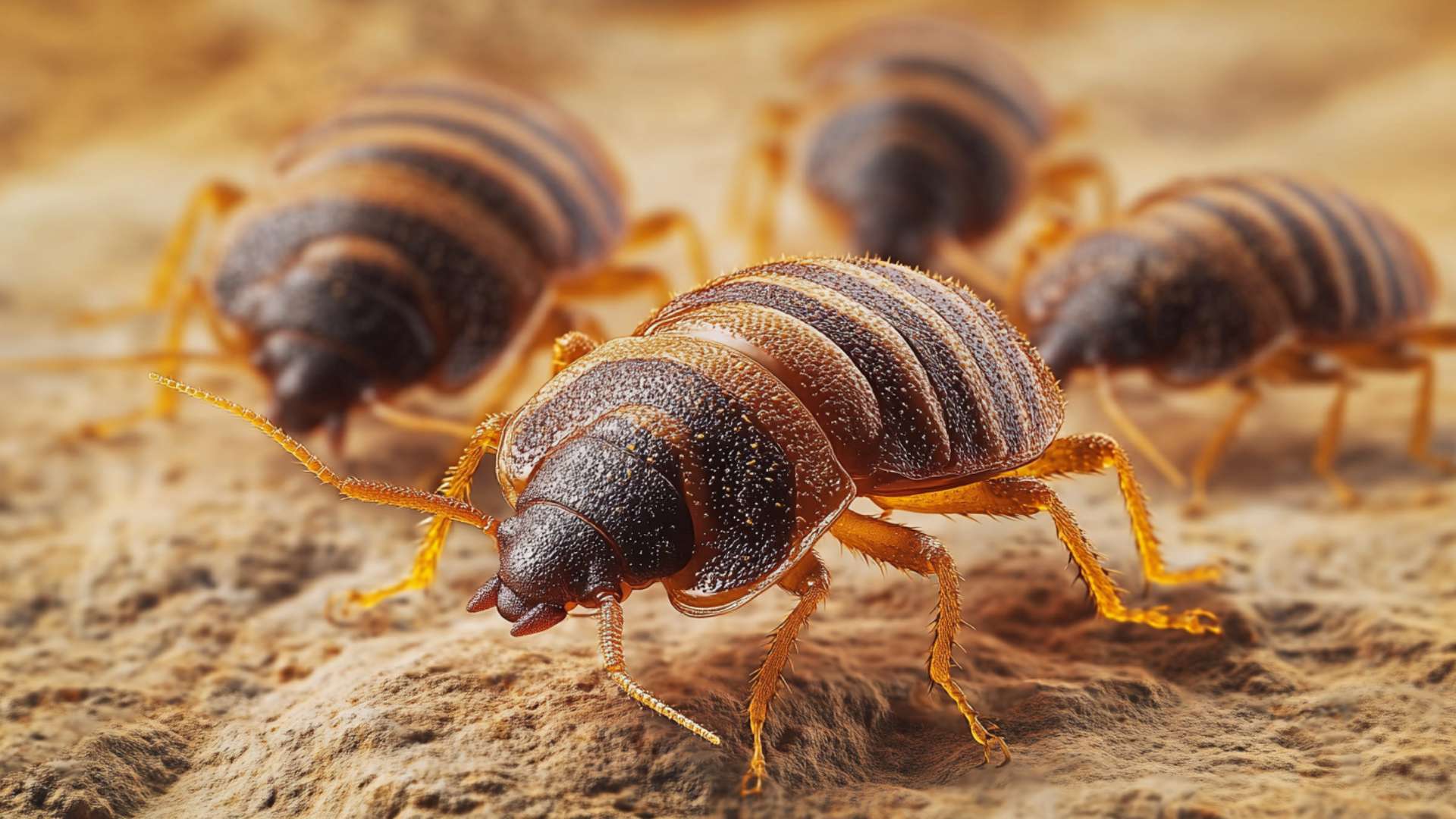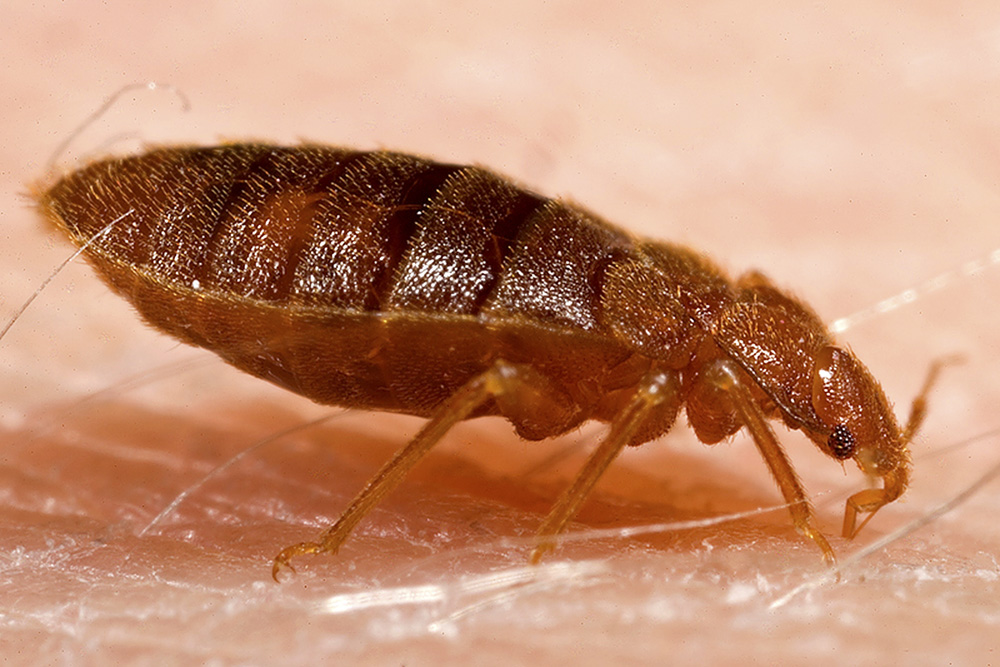Leading Kings Cincinnati Pest Control Services: Pest Control Expert Competence
Kinds Of Pest Control: Which Technique Is Right for Your Infestation?
When faced with a pest infestation, the selection of a suitable approach for pest control is important in effectively taking care of the situation. By checking out the different types of insect control techniques offered, individuals can make educated decisions tailored to their unique circumstances, guaranteeing a more effective and lasting end result in bug elimination.
Chemical Bug Control
Chemical bug control includes using synthetic or normally obtained chemicals to handle and eliminate pest populations properly. This method is typically utilized in farming, forestry, and property settings to combat a wide array of bugs, including rats, bugs, and weeds. Making use of chemical pesticides can give fast and targeted services to pest problems, making it a prominent choice for several people and companies.
Among the essential advantages of chemical bug control is its ability to promptly get rid of pests, minimizing the risk of damages to crops, residential property, and human health and wellness. By utilizing certain chemicals that target particular bugs, this method can successfully control problems while reducing injury to helpful organisms and the atmosphere when used properly.
Nonetheless, the use of chemical parasite control also increases concerns regarding possible unfavorable results on non-target species, water sources, and human wellness. It is essential to follow safety guidelines, apply chemicals properly, and think about different pest control methods to minimize these risks and make sure lasting bug management methods.
Organic Parasite Control
Biological pest control, also known as biocontrol, makes use of living microorganisms to lower and handle insect populations normally. By utilizing the insect's natural killers or microorganisms, biological pest control supplies a lasting and ecologically friendly remedy to pest management.

Mechanical Pest Control
Using physical and hand-operated approaches to manage insect populaces, mechanical parasite control offers an alternative technique that does not rely upon using living organisms or synthetic chemicals. This technique includes making use of obstacles, catches, or various other devices to physically discourage or get rid of bugs. By obstructing bug access factors or establishing catches to capture them, mechanical pest control can efficiently decrease invasions without introducing chemicals into the atmosphere.
One typical example of mechanical insect control is the use of mesh screens on doors and windows to stop bugs from going into buildings. This easy yet effective method acts as a physical barrier, keeping parasites out while permitting appropriate ventilation. Additionally, devices like mousetraps, fly swatters, and ultrasonic repellents drop under the mechanical bug control category.
While mechanical insect control techniques can be labor-intensive and require regular monitoring click here for info and upkeep, they supply a eco pleasant and sustainable service for managing parasite infestations. By integrating different mechanical strategies, residential or commercial property owners can create a thorough bug control method that reduces dependence on chemical pesticides.
Physical Bug Control

Some common physical insect control techniques consist of the usage of obstacles such as nets or screens to stop bug access, catches to record and remove pests, and hand-picking to physically remove insects from plants or structures. Furthermore, methods like warm therapies can be utilized to manage bugs like bed pests by elevating the temperature level to degrees that are deadly to the bugs.
Physical parasite control is particularly useful in integrated pest management (IPM) strategies, where numerous parasite control approaches are incorporated for reliable bug administration while lessening making use of chemicals. By using physical insect control techniques, people can properly resolve parasite invasions with very little environmental impact.
Integrated Parasite Monitoring
When carrying out physical insect control methods as part of parasite administration methods, Integrated Pest Monitoring (IPM) emerges as a detailed method that leverages numerous methods to successfully regulate pest populations. IPM concentrates on lasting prevention of pests via a combination of organic, social, physical, and chemical tools customized to particular pest concerns. By integrating numerous control techniques, IPM aims to lessen the risks related to insects while also minimizing reliance on chemical remedies.
One secret facet of IPM is the emphasis on surveillance and evaluating pest populaces to identify one of the most suitable control approaches. This positive technique enables early intervention and targeted strategies, causing more effective pest administration. In addition, IPM promotes ecologically pleasant practices by focusing on non-chemical control approaches and only utilizing chemicals as a last hope.
Conclusion

By using the pest's all-natural killers or microorganisms, biological parasite control supplies a lasting and ecologically friendly solution to pest monitoring. - Kings pest control Cincinnati
Making use of hands-on and physical techniques to handle insect populations, mechanical insect control uses a different approach that does not count on the use of living organisms or artificial chemicals.A reliable technique to handling pest populaces without counting on chemical or organic methods entails the use of physical insect control strategies.When executing physical bug control techniques as part of bug administration techniques, Integrated Pest Monitoring (IPM) arises as an extensive technique that leverages numerous techniques to efficiently manage pest populaces. Chemical pest control entails the usage of pesticides, biological pest control uses natural predators, mechanical bug control entails physical obstacles, physical parasite control consists of capturing or getting rid of pests, and integrated pest management combines multiple methods for a holistic method to pest control.